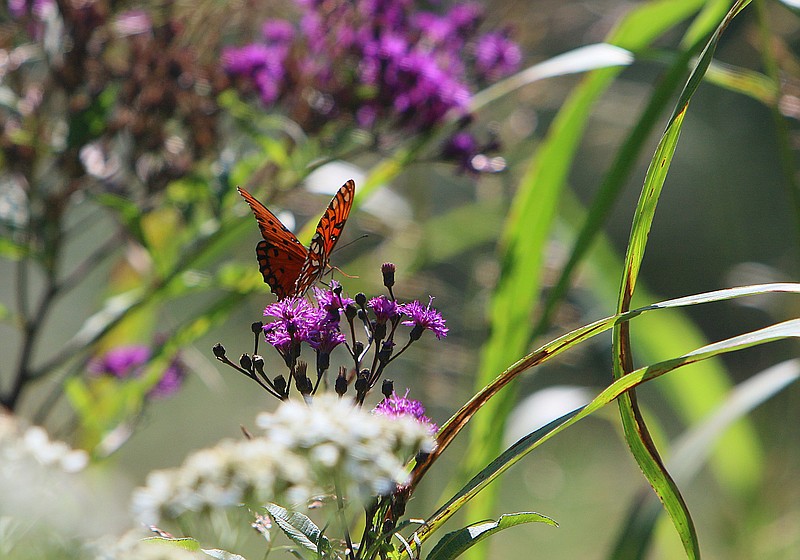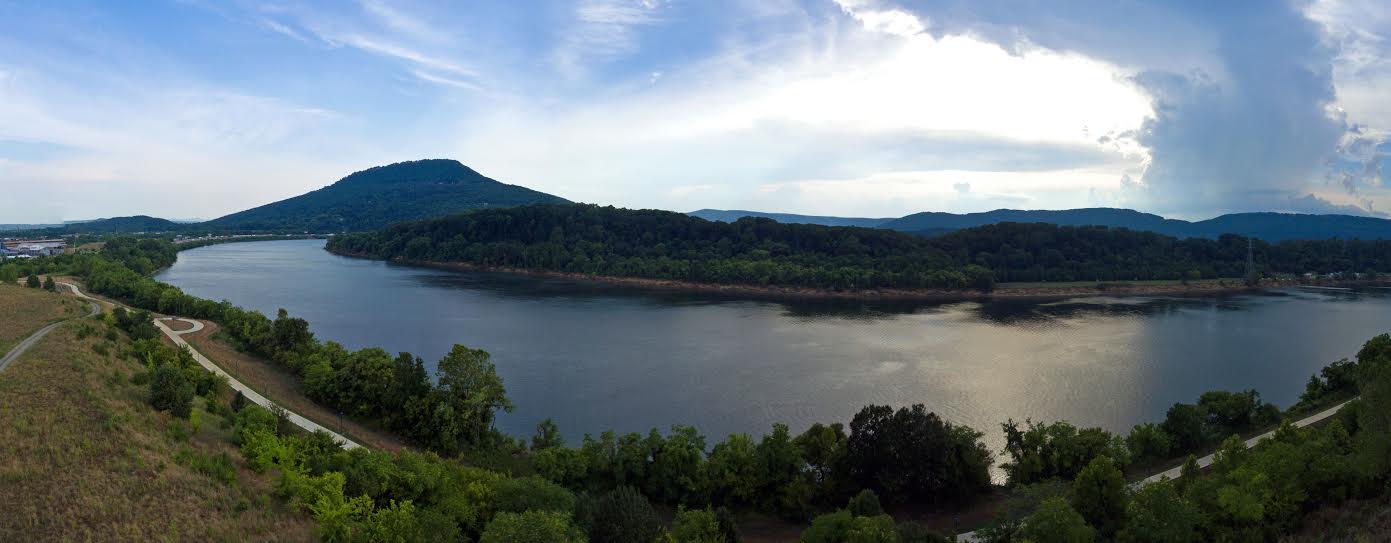Residents, city officials and park advocates have long tried to feature the Moccasin Bend area, believing it was a hidden gem for the city for its historical significance, ample green space and proximity to downtown.
Those wishes came to fruition in 2003 when the land became the first National Archaeological District in the U.S. And last month, they got a shot in the arm when a general management plan to overhaul the Moccasin Bend National Archeological District, highlighting its historical significance and providing outdoors activities for tourists and residents alike, received final approval.
The plan will bring a national park visitor center to the new gateway site on Hamm Road, add signs along trails to showcase the history of the area, provide recreational opportunities and improve access to the hundreds of acres of historical land that played a key role in the Trail of Tears and Civil War. The plan was approved Sept. 14 by the National Park Service.
"While past events on Moccasin Bend span centuries of history in our country, the area is also home to an abundance of wildlife and views of the great natural landmarks of Chattanooga - Lookout Mountain and the Tennessee River," Mayor Andy Berke wrote in a statement. "Preserving this area provides recreational opportunities for future generations while recognizing our community's important history."
The project will be completed over the next 15 to 20 years. Some early work and planning will begin immediately, but Friends of Moccasin Bend Executive Director Tricia Mims and the National Park Service see this as a long-term endeavor.
"Realistically, in terms of experiences across the system, if you have a plan that has any ambition at all, it really does take that amount of time to move through all of the key elements of [it]," said Barbara Judy, acting superintendent of the Chickamauga and Chattanooga National Military Park. "We go slow to make sure that we really do have the right and best plan."
That plan was a collaboration among the public, government agencies and nearly two dozen American Indian tribes that have historical ties to the land.
The Friends of Moccasin Bend worked alongside the National Park Service to help implement the plan. The group collected more than $287,000 in grants, donations and some money from the city to donate to the National Park Service to begin the project. That money will go to putting up signs, creating a pavilion and restrooms. The groups will continue to raise funds to build the visitors center and expand other projects.
Over the next year and a half, the groups will work with engineers to design the new facility, put up signs that explain the history of the area and continue working to move a firing range now located at the property.
The plan, when finished, will expand educational opportunities in that area, Judy said, but it also will continue Chattanooga emphasis on promoting its history and outdoor opportunities.
"Moccasin Bend is poised to extend the recreational opportunities that the city of Chattanooga has been developing, and we would like to see that happen and have allowed for that to happen," Judy said.

